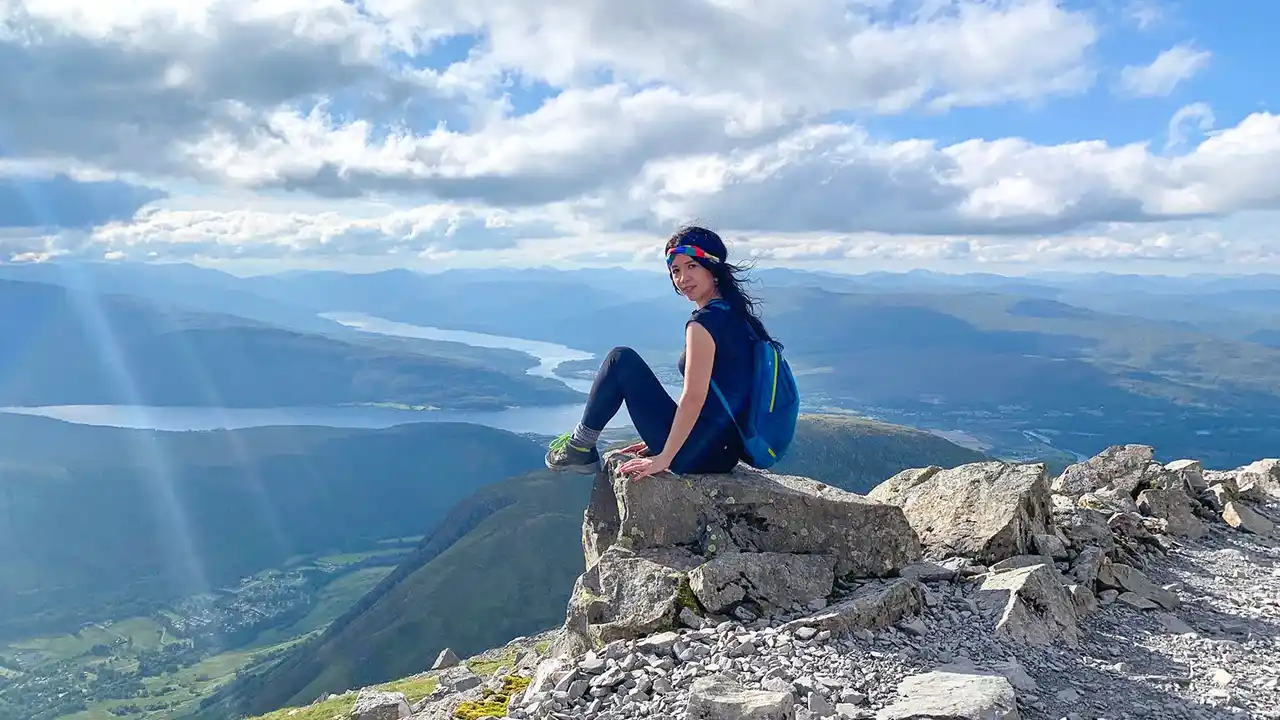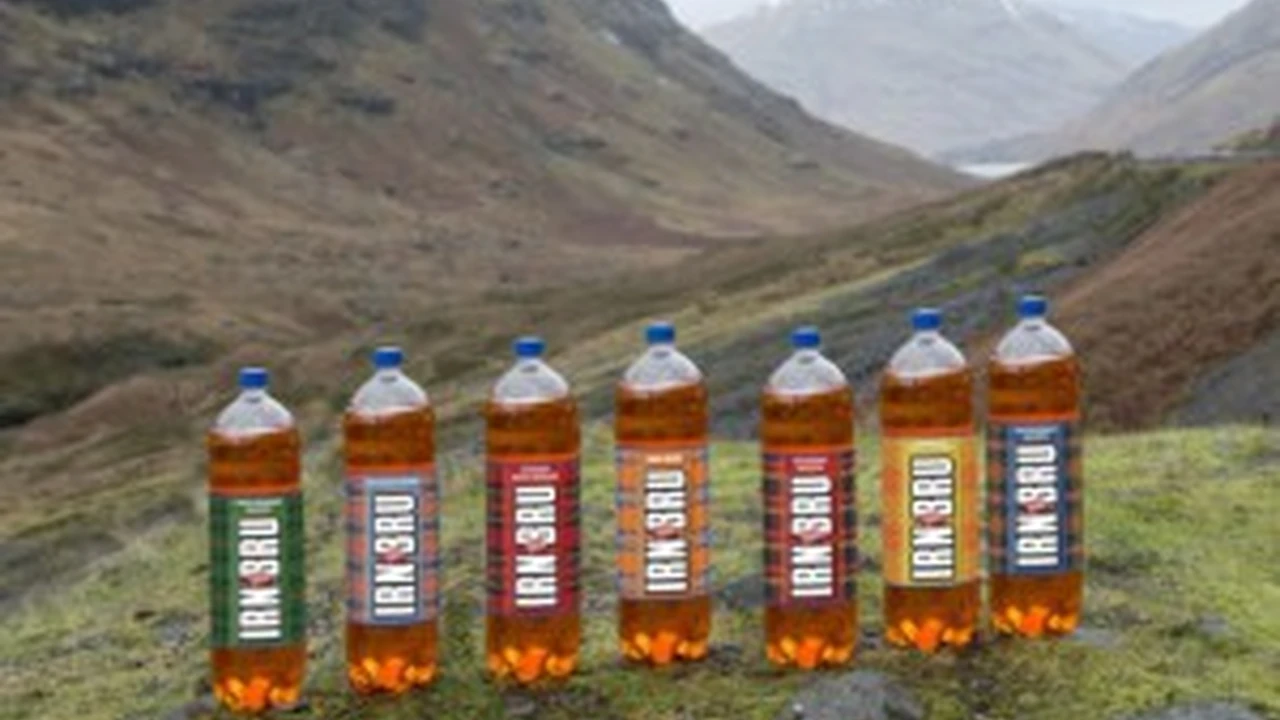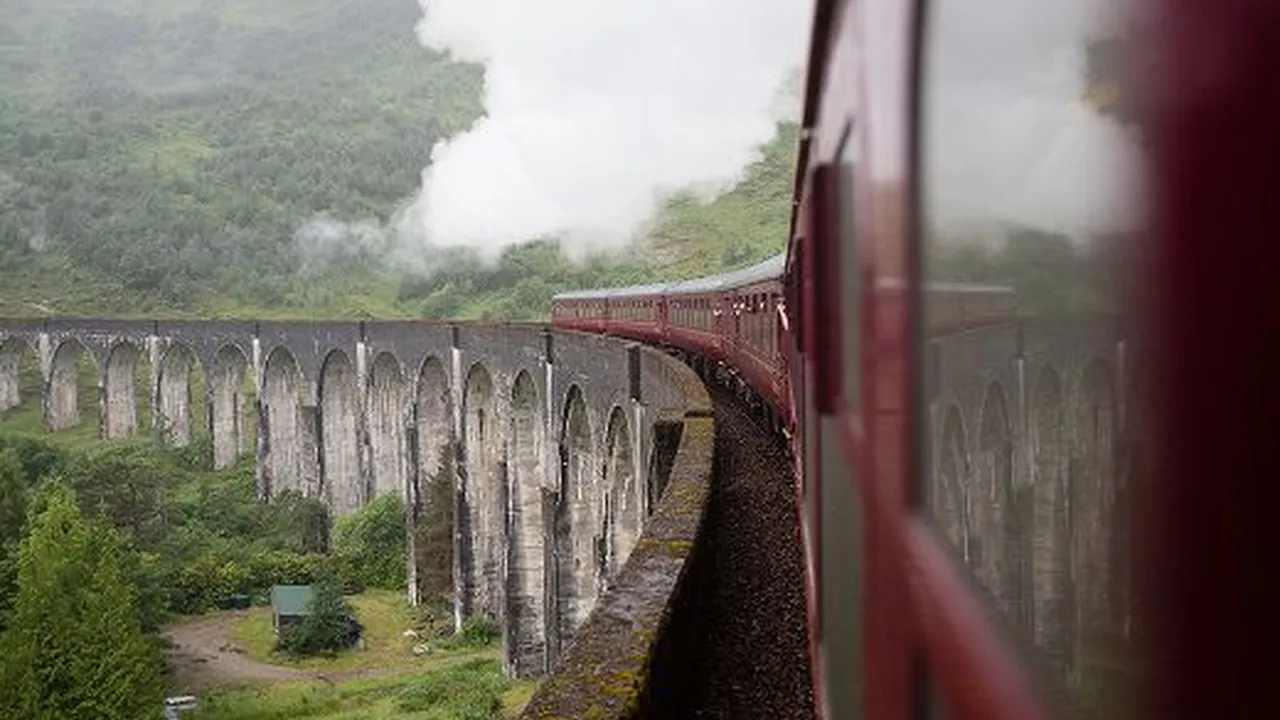Ben Nevis: Climbing Scotland's Highest Mountain for Americans
Sample meta description.

Planning Your Ben Nevis Ascent A Comprehensive Guide for American Hikers
So, you're an American itching to conquer Ben Nevis, the towering giant of the Scottish Highlands? Awesome! You're in for an unforgettable experience. But before you lace up your boots and start humming "Braveheart," let's get you prepped. This isn't just a stroll in Central Park; Ben Nevis demands respect, planning, and the right gear. Think of this as your ultimate American's guide to tackling Scotland's highest peak. Forget the Hollywood stereotypes; we're talking real-world preparation, honest advice, and a healthy dose of Scottish weather wisdom.
Choosing the Right Route Up Ben Nevis Trails and Difficulty
Okay, first things first: which path are you taking? The most popular, and generally considered the "tourist route," is the Mountain Track (also known as the Pony Track or the Tourist Path). Don't let the name fool you; it's still a strenuous climb! It's well-maintained, but it's long and relentless. Expect a solid 5-7 hours round trip, depending on your fitness level and the weather. The path zigzags its way up the southwest side of the mountain, offering stunning views (when the clouds cooperate, that is!).
For the more adventurous, there are other options, like the Carn Mòr Dearg Arête (CMD Arête). This is a serious scramble, involving exposed ridges and some proper rock climbing experience. It's absolutely breathtaking, but definitely not for beginners or those with a fear of heights. We're talking serious exposure and potential for rockfall. If you're considering this route, you need to be honest about your abilities and potentially hire a guide.
Finally, there are various rock climbing routes on the north face, which are for experienced climbers only. We're not even going to delve into those here. Stick to the Mountain Track if you're new to Ben Nevis.
Ben Nevis Weather Prepare for Anything Scottish Highland Conditions
Now, let's talk about the elephant in the room: the weather. Ben Nevis is notorious for its unpredictable and often harsh conditions. "Four seasons in one day" is a cliché, but it's often true here. Sunshine can quickly turn into rain, snow, and thick fog. The summit is often shrouded in cloud, even on relatively clear days lower down. This means you need to be prepared for anything.
Key advice: Check the weather forecast *before* you go, but don't rely on it completely. The mountain has its own microclimate. Pack for all eventualities: waterproof jacket and trousers, warm layers, hat, gloves, and sturdy hiking boots. Even in summer, it can be cold and windy at the summit. Hypothermia is a real risk, so take it seriously.
Consider using a weather app specifically designed for mountain conditions, like Mountain Forecast or MWIS (Mountain Weather Information Service). These provide more detailed and accurate forecasts than general weather apps.
Essential Gear for Climbing Ben Nevis A Checklist for American Hikers
Alright, gear time! This is where a little investment goes a long way. Don't skimp on quality, especially when it comes to your boots and waterproofs. Think of it as an investment in your safety and enjoyment.
- Hiking Boots: Sturdy, waterproof hiking boots with good ankle support are essential. Make sure they're well broken in before you attempt the climb! Brands like Salomon, Merrell, and Scarpa are popular choices. Consider boots with Gore-Tex lining for maximum waterproofing. Expect to pay around $150-$300 for a decent pair.
- Waterproof Jacket and Trousers: A must-have! Look for a jacket with a high waterproof rating (at least 10,000mm) and taped seams. Brands like Arc'teryx, Patagonia, and Rab are known for their quality waterproofs, but can be pricey (think $200-$500+ for a jacket). More affordable options from brands like Columbia or North Face can also work well, but may not be as durable. Waterproof trousers are equally important.
- Layers: Dress in layers so you can adjust to changing conditions. A base layer (merino wool or synthetic), a fleece or mid-layer jacket, and an insulated jacket (down or synthetic) are a good starting point. Merino wool is excellent for base layers as it's warm, breathable, and doesn't retain odors.
- Hat and Gloves: Even in summer, it can be cold at the summit. A warm hat and gloves are essential. Consider waterproof gloves if you're expecting rain or snow.
- Backpack: A comfortable backpack with a capacity of around 20-30 liters is ideal for carrying your gear, food, and water. Look for a backpack with a rain cover. Brands like Osprey and Deuter are known for their comfortable and durable backpacks. Expect to pay around $100-$200.
- Water Bottle or Hydration Pack: Staying hydrated is crucial. Carry at least 2-3 liters of water. A hydration pack (like a Camelbak) is convenient, but a water bottle is also fine.
- Food: Pack plenty of high-energy snacks, such as energy bars, nuts, dried fruit, and sandwiches. You'll be burning a lot of calories.
- Map and Compass (and the ability to use them!): Even on the Mountain Track, it's easy to get disoriented in poor visibility. A map and compass are essential, and you need to know how to use them. Consider taking a navigation course before you go. Alternatively, a GPS device or smartphone with a GPS app can be helpful, but don't rely on them entirely. Batteries can die, and signals can be unreliable.
- Headlamp or Torch: Essential if you're starting early or finishing late.
- First Aid Kit: A basic first aid kit with bandages, antiseptic wipes, pain relievers, and blister treatment is a must.
- Sunscreen and Sunglasses: Even on cloudy days, the sun can be strong at altitude.
- Walking Poles (Optional): Walking poles can help to reduce strain on your knees, especially on the descent. They also provide extra stability on uneven terrain.
Ben Nevis Footwear Recommendations Choosing the Right Hiking Boots
Let's dive deeper into footwear. Choosing the right hiking boots is paramount. Here are a few specific product recommendations, keeping in mind different budgets and needs:
- Salomon X Ultra 4 Mid GTX: A popular choice for its comfort, support, and waterproofing. These are great all-around hiking boots suitable for a variety of terrains. Price: Around $160-$180. Use Case: Ideal for the Mountain Track and other moderate hikes. Good for hikers who prioritize comfort and waterproof protection.
- Merrell Moab 2 Mid Waterproof: A more budget-friendly option that still offers good performance. These boots are known for their breathability and durability. Price: Around $120-$140. Use Case: A solid choice for hikers on a budget. Suitable for the Mountain Track and similar trails. Less supportive than the Salomon X Ultra 4 Mid GTX.
- Scarpa Zodiac Plus GTX: A more technical hiking boot designed for more challenging terrain. These boots offer excellent support and stability, making them a good choice for experienced hikers. Price: Around $250-$300. Use Case: Best for experienced hikers tackling more challenging routes or carrying heavier loads. Not necessary for the Mountain Track.
Boot Comparison: The Salomon X Ultra 4 Mid GTX offers a good balance of comfort, support, and waterproofing. The Merrell Moab 2 Mid Waterproof is a more affordable option but may not be as durable or supportive. The Scarpa Zodiac Plus GTX is a high-performance boot designed for more demanding conditions.
Ben Nevis Accommodation Options Where to Stay Near Fort William
Finding the right accommodation is key to a relaxing pre- and post-climb experience. Fort William, the nearest town, offers a wide range of options, from budget-friendly hostels to luxurious hotels.
- Budget: Hostels like Fort William Backpackers offer dorm rooms and private rooms at affordable prices. Campsites are also a good option for budget travelers.
- Mid-Range: Numerous bed and breakfasts and guesthouses offer comfortable rooms and a hearty Scottish breakfast. The Alexandra Hotel and the Ben Nevis Hotel & Leisure Club are popular choices.
- Luxury: The Inverlochy Castle Hotel is a five-star hotel offering a luxurious experience with stunning views.
Ben Nevis Safety Tips Staying Safe on Scotland's Highest Peak
Safety should always be your top priority when climbing Ben Nevis. Here are some important tips to keep in mind:
- Check the Weather Forecast: As mentioned earlier, the weather on Ben Nevis can change rapidly. Check the forecast before you go and be prepared for all eventualities.
- Tell Someone Your Plans: Let someone know your route and estimated return time.
- Stay on the Path: Stick to the marked paths to avoid getting lost or injured.
- Be Aware of Other Hikers: Be considerate of other hikers and give way to those who are ascending.
- Take Breaks: Take regular breaks to rest and rehydrate.
- Turn Back if Necessary: Don't be afraid to turn back if the weather conditions deteriorate or you're feeling unwell. The summit will still be there another day.
- In Case of Emergency: Dial 999 and ask for mountain rescue.
Ben Nevis Navigation and Route Finding Avoiding Getting Lost
Even on the well-trodden Mountain Track, getting lost is a real possibility, especially in poor visibility. Here's how to avoid it:
- Study the Route: Familiarize yourself with the route before you go. Study a map and compass and understand the key landmarks.
- Use a GPS Device or Smartphone App: A GPS device or smartphone app with a pre-loaded map can be helpful, but don't rely on it entirely.
- Pay Attention to the Terrain: Pay attention to the terrain and landmarks as you ascend. This will help you to retrace your steps if necessary.
- Use a Compass Bearing: If visibility is poor, use a compass bearing to stay on track.
- Look for Cairns: Cairns (piles of rocks) mark the route. Follow them carefully.
- If You Get Lost: Stay calm and try to retrace your steps. If you can't find your way back, call for help.
Ben Nevis Post-Climb Recovery Relaxing After Your Ascent
You've conquered Ben Nevis! Now it's time to recover and relax. Here are a few tips:
- Rest: Get plenty of rest to allow your body to recover.
- Rehydrate: Drink plenty of fluids to rehydrate.
- Eat a Good Meal: Replenish your energy stores with a hearty meal. Fort William has plenty of restaurants offering traditional Scottish fare.
- Soak Your Muscles: A warm bath or shower can help to soothe sore muscles.
- Reflect on Your Achievement: Take some time to reflect on your amazing achievement! You've climbed Scotland's highest mountain!
Ben Nevis Alternative Activities Exploring Fort William and the Highlands
If you have some extra time in Fort William, there are plenty of other activities to enjoy:
- Nevis Range Mountain Resort: Take a gondola ride up Aonach Mòr, another mountain near Ben Nevis, for stunning views. You can also go mountain biking or skiing (in winter).
- West Highland Museum: Learn about the history and culture of the Scottish Highlands.
- Glen Nevis Distillery: Take a tour of a traditional Scotch whisky distillery.
- Eilean Donan Castle: Visit one of Scotland's most iconic castles, located a short drive from Fort William.
- Loch Ness: Take a boat trip on Loch Ness and try to spot Nessie, the legendary Loch Ness Monster.
:max_bytes(150000):strip_icc()/277019-baked-pork-chops-with-cream-of-mushroom-soup-DDMFS-beauty-4x3-BG-7505-5762b731cf30447d9cbbbbbf387beafa.jpg)






